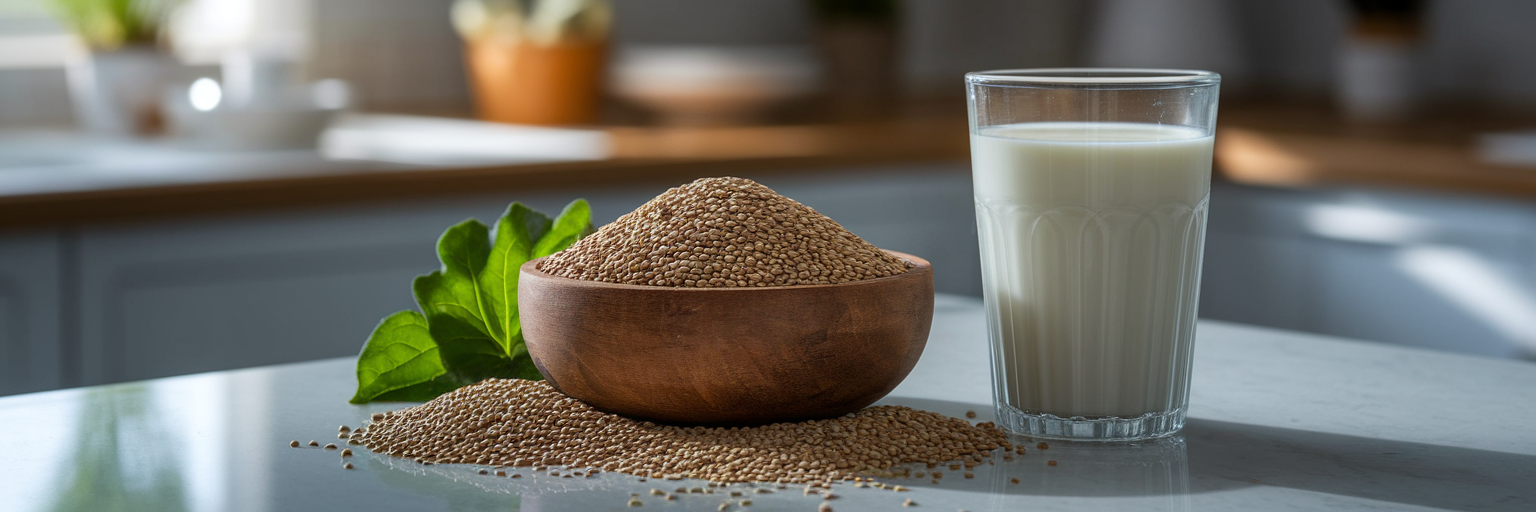The Power of Plants in Your Post-Workout Routine
We all know that satisfying ache in our muscles the day after a great workout. Whether you’re a weekend jogger or a dedicated gym-goer, that soreness is a sign of progress. It tells you that you’ve challenged your body. But what you do after that workout is just as important as the exercise itself. This is where your recovery strategy comes into play, and it can make all the difference in your results.
For years, the fitness world held a firm belief that only dairy or other animal products could effectively build and repair muscle. We’re here to show you a different path. Plant-based protein is an incredibly powerful and effective tool for vegan protein for muscle recovery. It’s not just an alternative; for many, it’s a better choice.
Think of this as your friendly guide to understanding how vegan protein works, its unique advantages, and how simple it is to incorporate into your routine. Optimizing your post-workout habits is one of the best ways to support your fitness journey, and as we share in our other wellness articles, small changes can lead to big improvements. Let’s explore how you can speed up muscle recovery with the power of plants.
The Science of Muscle Repair and Protein's Role

So, what exactly happens inside your body after you exercise? Imagine your muscle fibers are like a brick wall. A tough workout is like a construction project that creates tiny, controlled micro-tears in that wall. This might sound alarming, but it’s a completely normal and necessary process for your muscles to grow stronger. It’s the signal that tells your body it’s time to rebuild.
This is where protein steps in. Protein provides the essential building blocks, called amino acids, that your body needs for this repair job. Think of amino acids as the fresh bricks and mortar for your muscle wall. This rebuilding process is known as Muscle Protein Synthesis (MPS), and it’s how your muscles recover and adapt to become more resilient.
The process is quite straightforward:
- You exercise, creating the stimulus for your muscles to grow.
- Your body recognizes the micro-tears and sends out signals to begin repairs.
- You consume protein, which your body breaks down into amino acids.
- These amino acids are transported to your muscles to rebuild the fibers stronger than before.
Not all amino acids are created equal. Your body needs 20 different types, but nine of them are considered Essential Amino Acids (EAAs) because your body can't produce them on its own. You have to get them from food. Within this group are the Branched-Chain Amino Acids (BCAAs), with one in particular, leucine, acting as the main spark plug that ignites the entire muscle-building engine. Without enough protein and these key amino acids, your recovery will be slow and incomplete.
The Nutritional Edge of Plant-Based Proteins
When people consider switching to plant-based protein, one of the first questions that comes up is about protein quality. Let's clear the air on a few common myths and highlight the unique advantages that plants bring to your recovery.
Debunking the 'Incomplete Protein' Myth
You may have heard that most plant proteins are "incomplete," meaning they are low in one or more of the essential amino acids. While it's true that some individual plant sources might not have a perfect amino acid profile on their own, this idea is largely outdated. The reality is that eating a variety of plant foods throughout the day easily provides your body with all the EAAs it needs. Combining sources like rice and beans, or using a blended plant protein powder, ensures you get a complete amino acid profile to support muscle repair. You can even find inspiration with some of our simple vegan protein recipes.
The Added Benefits of Plant-Powered Recovery
Here’s where plant proteins really shine. Unlike their dairy-based counterparts, they come with a host of additional nutritional benefits. Plant proteins are naturally rich in fiber, which supports a healthy gut and aids in smooth digestion. They also contain antioxidants and anti-inflammatory compounds that can help manage exercise-induced inflammation. This means you’re not just rebuilding muscle; you’re also helping your body calm down after a tough session. Research supports this, with a study in the journal Nutrients finding that a vegan protein blend can help speed up the recovery of muscle function after exercise, as highlighted by this report on PubMed.
Top Plant Protein Sources for Muscle Repair
When looking for the best vegan protein sources, variety is your friend. Here are some of the top contenders:
- Pea Protein: A fantastic source of BCAAs, especially arginine, which is great for blood flow. It’s also easily digestible.
- Soy Protein: One of the few plant sources that is a complete protein on its own, containing all nine essential amino acids.
- Hemp Protein: Rich in omega-3 and omega-6 fatty acids, which have anti-inflammatory properties, in addition to being a good source of protein.
- Quinoa: This powerful seed is a complete protein and also provides carbohydrates to help replenish your energy stores.
Plant Protein Versus Dairy for Recovery

The classic gym debate often comes down to whey protein vs plant protein. While whey has long been the go-to, plant-based proteins have proven to be just as effective, and for many people, a much better fit for their bodies and lifestyles. The goal isn't to say one is bad, but to understand which is right for you.
One of the most significant differences is digestibility. A large portion of the population has some degree of lactose sensitivity, which means whey protein can cause bloating, gas, and general discomfort. The last thing you want after a challenging workout is to feel weighed down by your recovery shake. Plant-based proteins are naturally lactose-free, making them a gentler option that’s easy on the stomach. This allows your body to focus on absorption and repair without digestive distress.
But what about results? Multiple studies have shown that plant protein blends, particularly those combining sources like pea and rice, are just as effective as whey for promoting muscle growth and strength gains. You are not compromising on performance by choosing plants. While whey is known for its rapid absorption, high-quality plant isolates like pea and soy are also absorbed quickly, delivering those crucial amino acids to your muscles when they need them most. If you're curious about what might work for you, exploring some of the best protein powders available can offer more clarity.
| Factor | Plant-Based Protein (e.g., Pea/Soy Blend) | Dairy-Based Protein (Whey/Casein) |
|---|---|---|
| Digestibility | Generally easier to digest, free of lactose and common allergens. | Can cause bloating or discomfort for those with lactose sensitivity. |
| Amino Acid Profile | Complete profile achieved through blending sources like pea, rice, and hemp. | Naturally complete, with high levels of leucine. |
| Added Nutrients | Often rich in fiber, antioxidants, and anti-inflammatory compounds. | Contains calcium, but lacks fiber and other phytonutrients. |
| Environmental Impact | Lower carbon footprint and less water usage. | Higher environmental footprint associated with dairy farming. |
How to Optimize Your Recovery with Vegan Protein
Knowing that vegan protein works is the first step. The next is learning how to use it effectively. Here are a few simple tips on how to speed up muscle recovery and get the most out of your plant-powered routine.
Timing Your Protein Intake
You’ve probably heard of the "anabolic window," the period after a workout when your muscles are primed to absorb nutrients. While this window isn't as short as once believed, it's still a good idea to consume protein within about two hours of finishing your workout. For optimal results, aim for that first 30 to 45 minutes post-exercise. This ensures your muscles get the amino acids they need to start the repair process right away.
Getting the Right Amount
How much protein do you actually need? While individual needs vary, a general guideline for active people is to consume between 1.2 to 1.7 grams of protein per kilogram of body weight each day. As Veloforte explains, citing the British Nutrition Foundation, this range supports muscle repair and growth for athletes. To figure out your target, simply multiply your weight in kilograms by a number in that range. For example, a 68 kg (150 lb) person would aim for 82–116 grams of protein daily, spread across their meals. If you have more questions about your specific needs, our FAQ page is a great resource.
The Power of Pairing
Protein is the star of the recovery show, but it works best with a good supporting cast. After a workout, your muscles are also depleted of glycogen, their main fuel source. Pairing your protein with a source of carbohydrates—like a banana, oats, or sweet potato—helps replenish these energy stores and can even improve protein absorption. And don’t forget hydration! Water is essential for transporting nutrients and flushing out metabolic waste. A well-rounded recovery plan always includes protein, carbs, and plenty of fluids.
Easy Ways to Add Vegan Protein to Your Routine
Making vegan protein a part of your life doesn’t have to be complicated. In fact, it can be incredibly simple and delicious. The key is to find convenient options that fit your lifestyle.
For those busy days, high-quality dairy free protein shakes and bars are your best friend. They are perfect for that crucial post-workout window when you’re on the go and need something fast and effective. Just mix a scoop of powder with water or plant-based milk, and you have a recovery tool ready in seconds.
It’s also easy to create a satisfying plant based post workout meal with whole foods. Think of a hearty bowl of lentil soup, a side of roasted edamame, or a quick tofu scramble with veggies. These meals are not only packed with protein but also deliver the fiber and micronutrients your body craves after exercise.
Here is a simple and effective recovery shake recipe to get you started:
- 1 scoop of a quality vegan protein powder, like our rich chocolate vegan protein
- 1 ripe banana (for carbohydrates and potassium)
- 1 cup of unsweetened almond or oat milk
- 1 handful of spinach (you won’t taste it!)
- 1 tablespoon of chia seeds or ground flaxseed for extra fiber and omega-3s
Blend everything until smooth and enjoy immediately. This simple shake provides the perfect balance of protein, carbs, and healthy fats to kickstart your recovery. Give it a try and feel the plant-powered difference for yourself.



